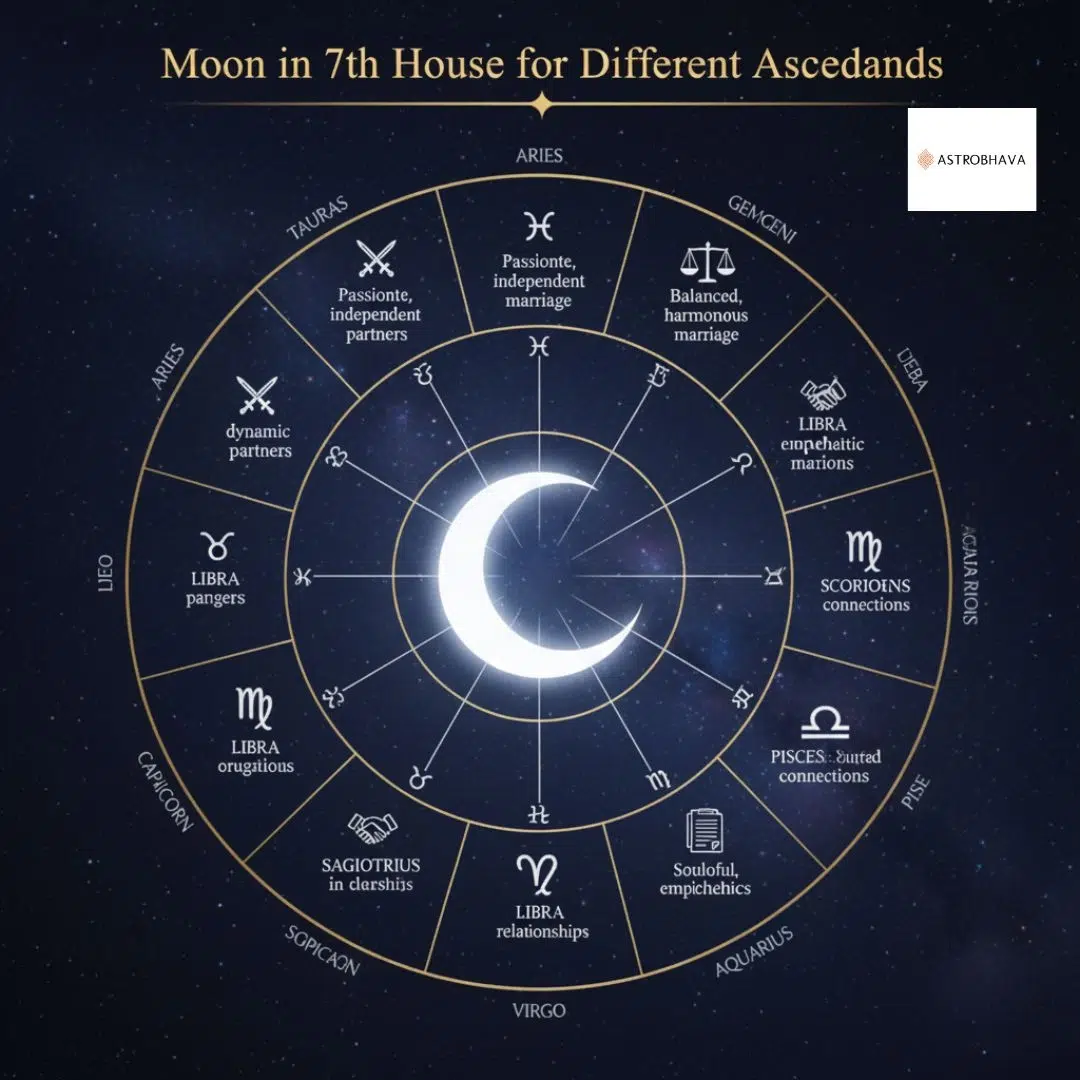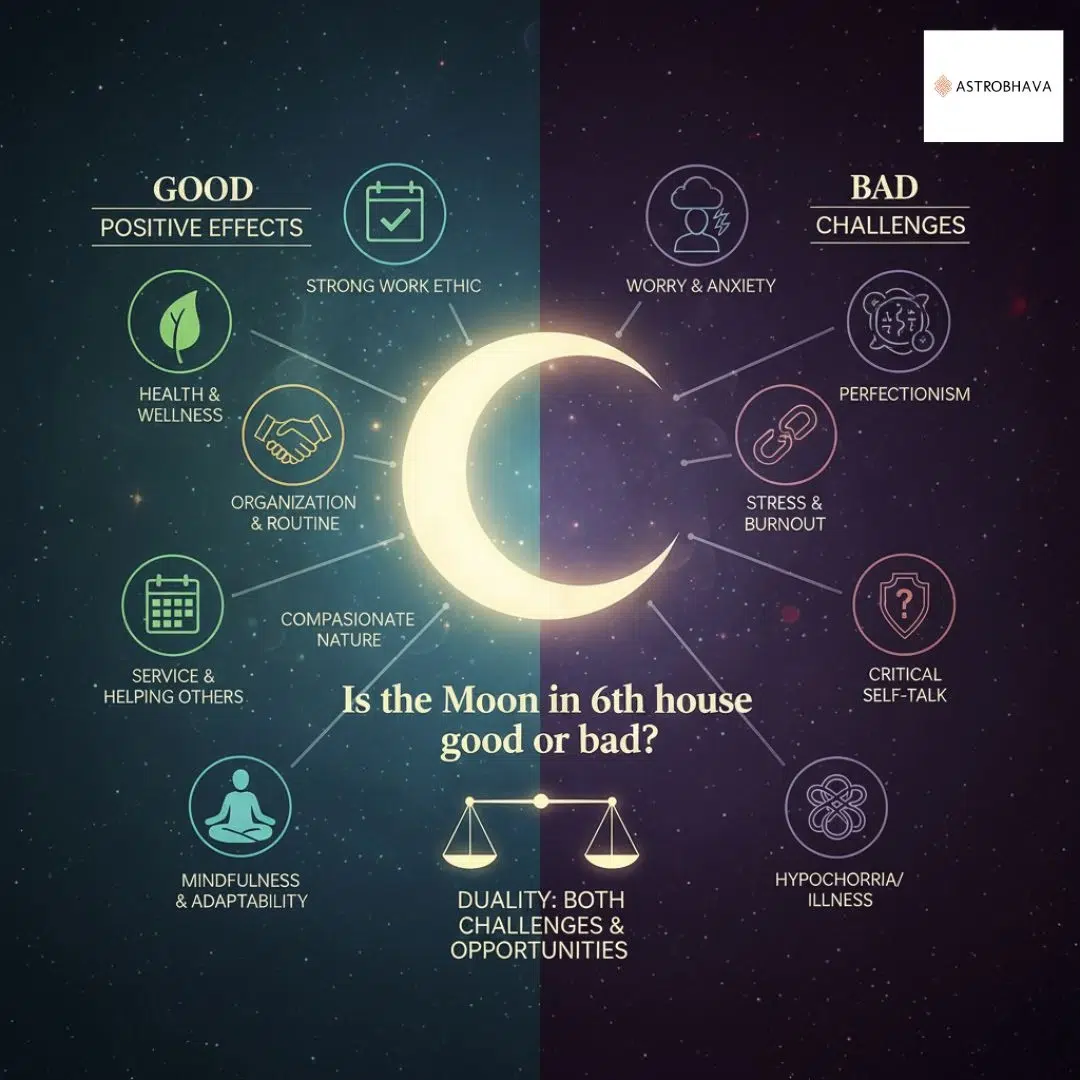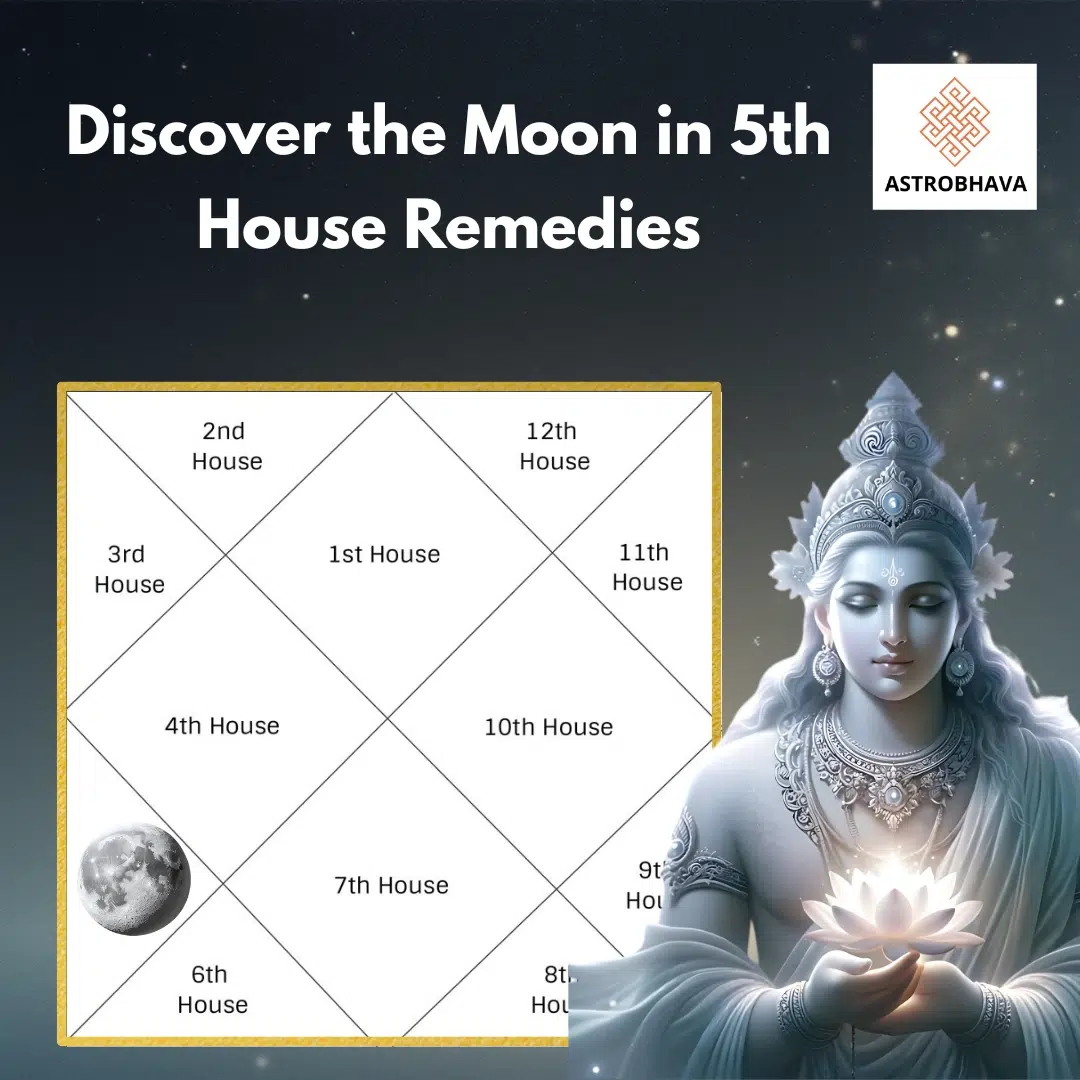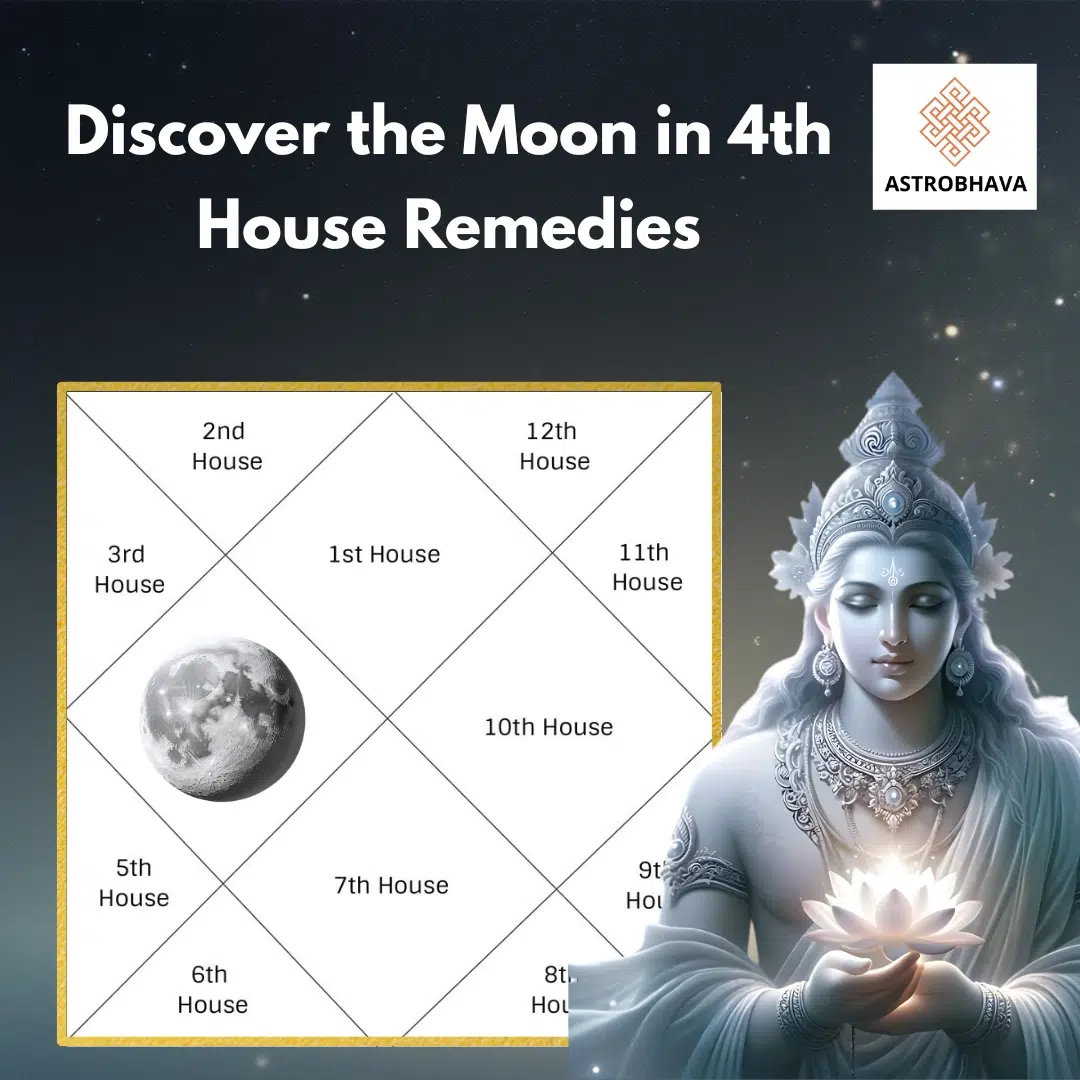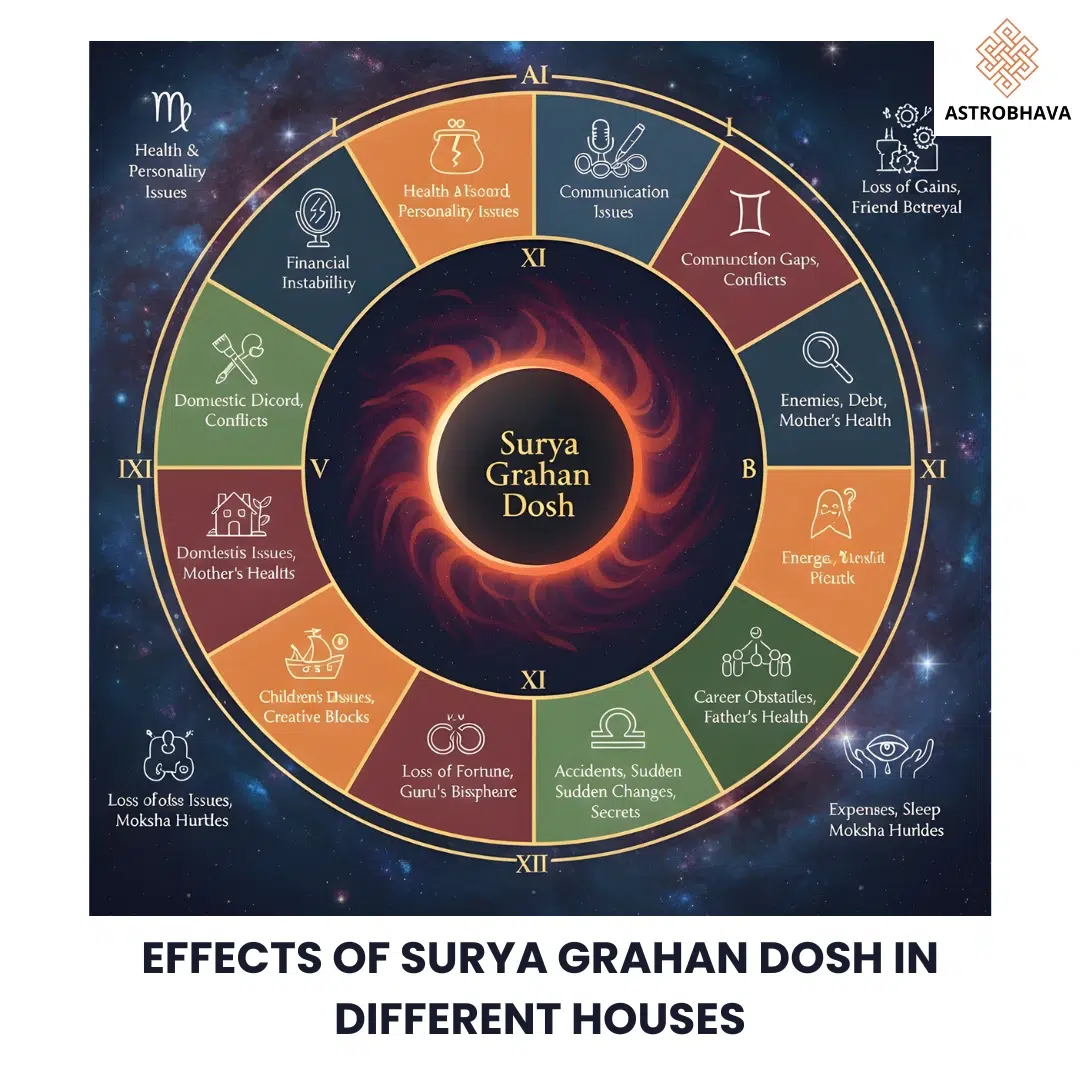Maha Shivaratri Story: Uncover the Divine Katha in 2025
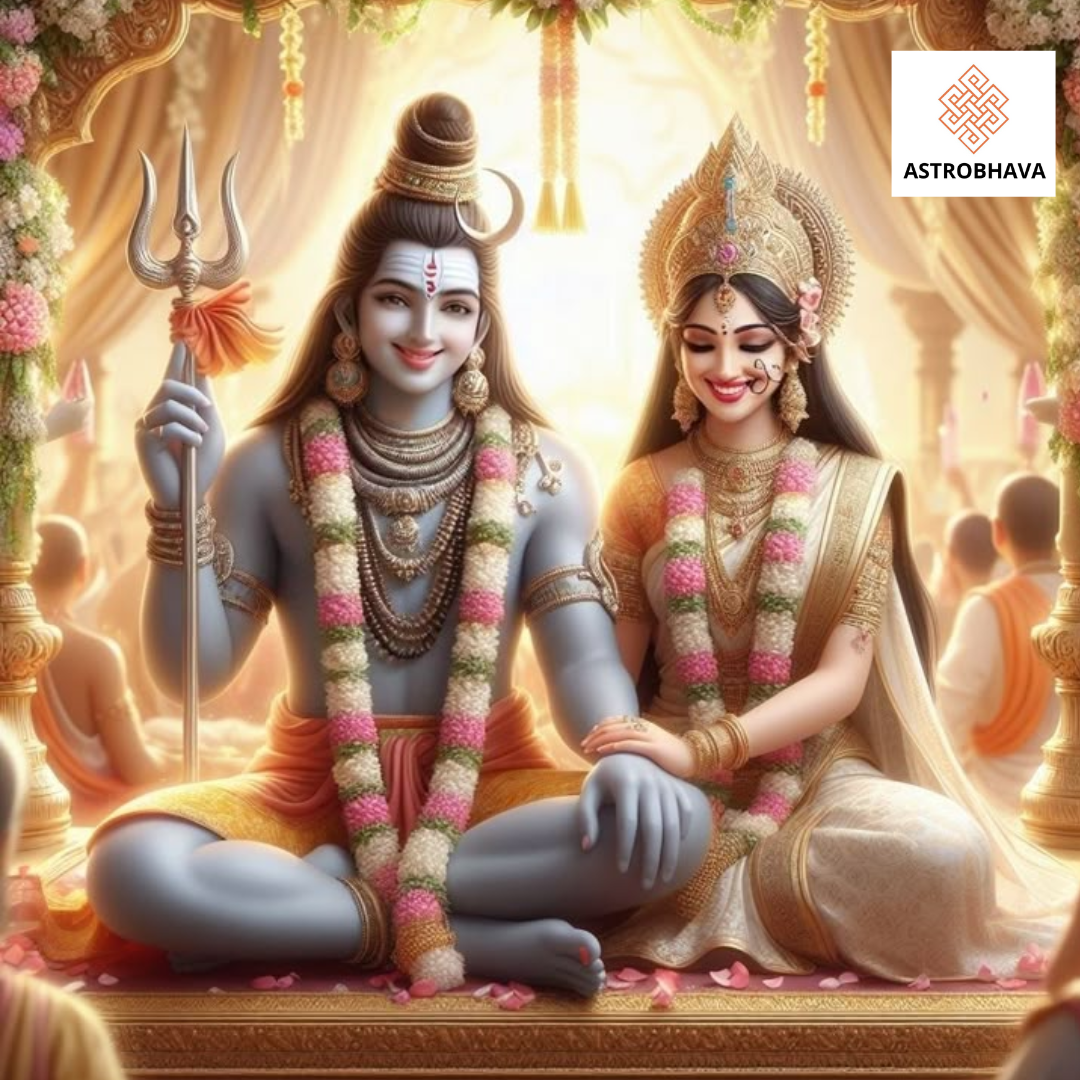
Maha Shivaratri is one of the most revered Hindu festivals dedicated to Lord Shiva. Celebrated annually, this sacred night holds immense spiritual significance, drawing millions of devotees to worship Shiva through fasting, meditation, and chanting. But what is the Maha Shivaratri story that makes this festival so special? Let’s dive deep into the mythology, significance, and rituals behind this auspicious occasion.
The Mythological Origins of Maha Shivaratri Story
There are several fascinating legends associated with Maha Shivaratri, each highlighting a different aspect of Lord Shiva’s divine power and grace. Below are some of the most prominent stories explaining the origins of this sacred night:
1. The Divine Marriage of Shiva and Parvati- Maha Shivaratri story
One of the most popular Maha Shivaratri story legends states that Maha Shivaratri marks the divine wedding of Lord Shiva and Goddess Parvati. According to Hindu mythology, after years of rigorous penance, Goddess Parvati won Shiva’s heart, leading to their celestial union. Devotees celebrate this day as a symbol of love, devotion, and the triumph of perseverance. It is believed that worshiping Shiva and Parvati together on this night blesses couples with marital bliss and harmony.
Goddess Parvati’s intense penance is symbolic of unwavering devotion and self-discipline. She underwent severe austerities, meditated for years, and prayed to Shiva with complete surrender. Her determination eventually won over Shiva, who agreed to marry her. Their union represents the divine balance of the masculine and feminine energies, known as Shiva-Shakti, which governs the universe.
For married couples, this day is especially significant. Women pray for the long life and prosperity of their husbands, while unmarried women seek blessings for an ideal life partner. Many devotees also reenact the divine wedding ceremony in temples, reinforcing the sacredness of the marital bond.
“For happy married life- Book Swayamvara Kala Parvathi Homa“
2. The Night Shiva Saved the Universe- Maha Shivaratri story
Another significant Maha Shivaratri story relates to the churning of the cosmic ocean, or Samudra Manthan, where devas (gods) and asuras (demons) sought the elixir of immortality. During this process, a deadly poison (Halahala) emerged, threatening to destroy creation. To save the universe, Lord Shiva consumed the poison and held it in his throat, turning it blue and earning him the name Neelkanth (the blue-throated one). Maha Shivaratri is believed to be the night when Shiva performed this supreme sacrifice. Devotees acknowledge this act by observing strict fasting and meditating on Shiva’s infinite compassion.
This story highlights Shiva’s boundless love and willingness to endure suffering for the greater good. The poison was so potent that even a single drop could have annihilated all life. But Lord Shiva, embodying selflessness, took it upon himself, showcasing his divine strength and commitment to protecting creation.
3. The Linga Purana Maha Shivaratri Story: Shiva’s Infinite Form- Maha Shivaratri story
The Linga Purana narrates the Maha Shivaratri story of a dispute between Lord Vishnu and Lord Brahma over who was the supreme deity. To settle the argument, Lord Shiva appeared as an infinite pillar of light (Shiva Linga), challenging them to find its beginning or end. Neither could succeed, proving Shiva’s ultimate supremacy. Maha Shivaratri is thus a celebration of Shiva’s boundless and formless essence. This story reinforces the idea that Shiva is beyond material existence and can only be understood through devotion and wisdom.
This legend symbolizes the concept of the Shiva Tattva—the idea that Lord Shiva is beyond birth and death. He is not limited by time, space, or form. The infinite nature of the Jyotirlinga is a reminder that divinity is vast and ungraspable by mere human perception. Worshiping the Shiva Linga on Maha Shivaratri is believed to help devotees transcend material limitations and connect with the eternal.
“Seek the Blessings of Lord Shiva: Book Your Rudra Homam Now”
4. The Hunter’s Redemption: Maha Shivaratri story
A lesser-known but deeply inspiring Maha Shivaratri story tells of a hunter named Suswara, who unknowingly worshipped a Shiva Linga while spending a night in the forest. By plucking leaves and dropping them on the Linga while staying awake, he attained salvation. This tale emphasizes the importance of devotion and the spiritual benefits of observing Maha Shivaratri. Even an unintentional act of devotion can lead to divine blessings, showing Shiva’s boundless compassion.
This Maha Shivaratri story teaches that sincerity in worship matters more than rituals. Even those who may not fully understand the religious significance of their actions can receive divine grace if their hearts are pure. It also signifies the transformative power of Maha Shivaratri—how even the most ordinary acts of devotion can lead to extraordinary spiritual rewards.
Significance of Maha Shivaratri Celebrations
Maha Shivaratri, meaning “The Great Night of Shiva,” is one of the most revered Hindu festivals dedicated to Lord Shiva. Celebrated on the 14th night of the waning moon in the month of Phalguna (February-March), this festival holds deep spiritual, religious, and cultural significance. Devotees observe fasting, night-long vigils, and prayers to seek the blessings of Lord Shiva for peace, prosperity, and spiritual awakening.
1. Mythological Significance
Several legends explain the importance of Maha Shivaratri:
a) The Divine Marriage of Shiva and Parvati
One of the most popular beliefs is that Maha Shivaratri marks the wedding day of Lord Shiva and Goddess Parvati. This union signifies the harmony of masculine and feminine energies in the universe.
b) The Night of Cosmic Dance (Tandava)
It is believed that Lord Shiva performed the Tandava, the divine dance of destruction, creation, and preservation, on this night. The rhythmic movements of the dance symbolize the cosmic cycle of birth, life, and death.
c) The Churning of the Ocean (Samudra Manthan)
According to Hindu scriptures, during the churning of the cosmic ocean, a deadly poison called Halahala emerged, which could have destroyed the universe. Lord Shiva consumed this poison to protect the world, and his throat turned blue, earning him the name Neelkanth. Maha Shivaratri is observed in remembrance of this great act of sacrifice.
d) Manifestation of Shiva as the Linga
It is believed that on Maha Shivaratri, Lord Shiva manifested himself as an infinite pillar of light, the Jyotirlinga. This event signifies his supreme power, and hence, devotees worship the Shiva Linga on this night.
2. Spiritual Significance
Maha Shivaratri is not just about mythological legends; it also carries deep spiritual meaning:
a) Overcoming Darkness and Ignorance
Shiva symbolizes the destruction of ignorance and illusion (Maya). Observing Maha Shivaratri with devotion is believed to help individuals attain enlightenment and liberation (moksha).
b) Awakening of Inner Consciousness
The festival provides an opportunity to meditate and chant “Om Namah Shivaya”, helping devotees connect with their inner self and the divine energy of Lord Shiva.
c) The Power of Fasting and Vigil
Observing a strict fast and staying awake all night is symbolic of self-discipline, purification, and spiritual upliftment. It is believed that sincere devotion on this night washes away sins and leads to a higher spiritual realm.
3. Religious Observances and Rituals
Maha Shivaratri is observed with great devotion through various rituals:
a) Fasting (Vrat)
Devotees observe either a full or partial fast. Some consume fruits and milk, while others observe complete fasting, abstaining from food and water.
b) Abhishekam (Ritual Bathing of Shiva Linga)
The Shiva Linga is bathed with milk, honey, ghee, curd, water, sugarcane juice, and other sacred offerings, symbolizing purification and devotion.
c) Chanting of Mantras and Prayers
Devotees chant the Maha Mrityunjaya Mantra and Om Namah Shivaya, seeking blessings for health, longevity, and spiritual growth.
d) Night Vigil (Jagran)
Shiva temples remain open throughout the night, with devotees engaging in bhajans (devotional songs), meditation, and spiritual discourses.
e) Offering of Bael Leaves
Bael leaves (Bilva Patra) are considered sacred and are offered to Lord Shiva as a symbol of devotion and purity.
f) Visiting Jyotirlingas and Shiva Temples
Many devotees visit prominent Shiva temples, including the Kashi Vishwanath (Varanasi), Somnath (Gujarat), Kedarnath (Uttarakhand), and Mahakaleshwar (Ujjain), to seek divine blessings.
4. Cultural and Social Significance
Maha Shivaratri is not only a religious event but also an occasion of cultural and social importance:
a) Unity in Devotion
The festival unites people of different backgrounds in worship, fostering a sense of spiritual and communal harmony.
b) Promotion of Yoga and Meditation
Many spiritual organizations conduct yoga and meditation sessions, aligning with the yogic teachings of Shiva as Adi Yogi (The First Yogi).
c) Strengthening Family Bonds
Many families come together to observe the fast, perform pujas, and participate in devotional activities, reinforcing familial ties.
5. Symbolism in Maha Shivaratri
Each aspect of Maha Shivaratri has a deeper meaning:
- Shiva’s Trident (Trishul): Represents the three fundamental forces—creation, preservation, and destruction.
- Crescent Moon: Symbolizes time and the cycle of life.
- Third Eye: Signifies higher perception and wisdom.
- Serpent Around Shiva’s Neck: Represents control over desires and the ego.
- Ash on Shiva’s Body: Signifies the impermanence of life.
6. Maha Shivaratri Celebrations
Across India
Maha Shivaratri is celebrated with regional variations across India:
- Varanasi (Kashi Vishwanath Temple): Grand processions and night-long worship.
- Ujjain (Mahakaleshwar Temple): Special Bhasma Aarti (offering of sacred ash).
- Pashupatinath Temple, Nepal: Thousands of sadhus (holy men) gather for meditation and prayers.
- Tamil Nadu (Chidambaram Temple): Special abhishekams and temple rituals.
- Karnataka (Murudeshwar & Gokarna): Devotional chanting and Rudrabhisheka.
Global Recognition and Celebrations
Maha Shivaratri is celebrated by Hindus worldwide, particularly in countries like Nepal, Mauritius, Fiji, Trinidad & Tobago, Indonesia, and South Africa. In these regions, temples organize community prayers, kirtans, and fasting events.
Rituals based on Maha Shivaratri Story
Maha Shivaratri is a significant Hindu festival dedicated to Lord Shiva, observed with devotion and various rituals. The day is marked by fasting, prayers, and night-long vigils. Here are the key rituals associated with Maha Shivaratri:
1. Fasting (Vrat)
- Devotees observe a strict fast, refraining from food or consuming only fruits, milk, and water.
- Some observe a “nirjala” fast (without water).
- The fast is broken only the next morning after the Mahashivaratri puja.
2. Early Morning Rituals
- Devotees take a holy bath in rivers or at home, applying vibhuti (sacred ash) on the forehead.
- They wear clean, preferably white or saffron clothes.
- Visiting Shiva temples is common to offer prayers.
3. Abhishekam (Shiva Lingam Worship)
- The Shiva Lingam is bathed with sacred items like:
- Milk (symbolizing purity and devotion)
- Honey (representing sweetness in life)
- Ghee (for prosperity)
- Water (purity and peace)
- Bel Patra (Bilva leaves) (considered dear to Lord Shiva)
- Sandalwood paste, flowers, and dhatura (a special flower for Shiva)
- Devotees chant “Om Namah Shivaya” while performing Abhishekam.
4. Chanting Mantras and Bhajans
- The Maha Mrityunjaya Mantra and Shiva Panchakshara Stotra (Om Namah Shivaya) are chanted.
- Devotees sing bhajans and hymns in praise of Lord Shiva.
5. Night-long Vigil (Jagran)
- Devotees stay awake all night, meditating, chanting, and participating in temple celebrations.
- Shiva temples conduct special pujas, bhajans, and spiritual discourses.
6. Offering Bael (Bilva) Leaves
- Bilva leaves are considered sacred and offered in multiples of three.
- This offering is believed to please Lord Shiva and bring blessings.
7. Performing Rudrabhishekam
Special worship known as Rudrabhishekam is performed with Vedic chants, especially from the Rudram Chamakam (from the Yajur Veda).
8. Charity and Donations
- Donating food, clothes, and other essentials to the needy is considered highly auspicious.
- Feeding Brahmins and offering prayers for ancestors are also observed.
9. Breaking the Fast
The fast is broken the next morning after worshipping Shiva and consuming prasad.
Embrace the Divine Energy of Maha Shivaratri with AstroBhava!
Maha Shivaratri is a night of divine transformation and spiritual awakening. Whether you seek guidance, wish to understand your destiny, or need astrological remedies to enhance your spiritual journey, AstroBhava is here to help you. Our expert astrologers can provide personalized insights to align you with cosmic energies and Lord Shiva’s blessings.
Book your Maha Shivaratri consultation with AstroBhava today and embark on a path of divine enlightenment!
FAQs
Q1: Why do devotees fast on Maha Shivaratri?
A1: Fasting is believed to purify the mind and body, enhancing spiritual connection with Lord Shiva. It also symbolizes self-discipline and devotion.
Q2: What is the significance of staying awake all night?
A2: Staying awake symbolizes vigilance, devotion, and overcoming ignorance. It is believed that Lord Shiva blesses those who remain awake and chant his name.
Q3: Can non-Hindus observe Maha Shivaratri?
A3: Yes, anyone who wishes to honor Lord Shiva and seek spiritual growth can participate in Maha Shivaratri celebrations.
Q4: Why is the Bilva leaf important in Maha Shivaratri worship?
A4: The Bilva leaf is considered sacred to Lord Shiva and is believed to please him when offered with devotion.
Q5: Is Maha Shivaratri only about worship, or does it have a deeper meaning?
A5: While worship is a key aspect, Maha Shivaratri also represents the victory of light over darkness, self-discipline, and spiritual awakening.
Maha Shivaratri is not just a festival but a profound spiritual experience. Observing this sacred night with devotion and sincerity brings inner peace, divine blessings, and a deeper connection with the Supreme Being, Lord Shiva.
Categories
- Astrobhava
- Astrobhava astrology
- Astrological Remedies
- Astrology Guides
- astrology insights
- Astrology Remedies for Wellness
- Career Astrology & Personal Growth
- Cosmology
- Dasha
- dosha
- Festivals & Vedic Rituals
- Homa and Fire Rituals (Yagna)
- Japa
- Mantra
- Moon astrology insights
- Moon house meaning
- Moon in 6th House
- Moon in 6th House effects
- Moon in 6th House remedies
- Moon in 7th House
- Moon in 7th House astrology
- Moon in 7th House effects
- Moon in 7th House love
- Moon in 7th House marriage
- Moon in 7th House meaning
- Moon in 7th House remedies
- Moon in Sixth House astrology
- Moon placement in 7th House
- nadi astrology
- nakshatras
- numerology
- Pilgrimage
- planets houses
- Progency
- Puja & Rituals
- Relationships
- rudra puja
- Rudraksha and gemstone
- Spiritual Astrology
- Spiritual Practices and Chanting
- Spiritual Rituals and Personal Empowerment
- Spiritual Tools & Personal Growth
- Spiritual Wellness and Protection
- Spirituality and Rituals
- Spirituality or Vedic Rituals
- Vastu Tips
- Vedic Astrology
- yantras
- Zodiac Signs





